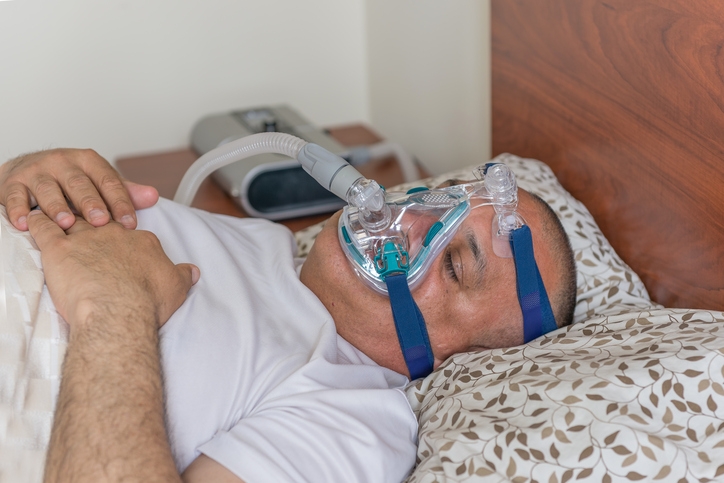Weight Loss for Joint Pain
By now, everyone is aware of the link between obesity and heart diseases, high blood pressure, and diabetes. But, not everyone is aware that obesity is a risk factor for the development of the painful, degenerative joint disease osteoarthritis. Several studies have confirmed the relationship between excess body weight and osteoarthritis in the knee joint. The pain can be severe enough that many patients turn to knee-replacement surgery for relief. In fact, a study done by the National Center for Biotechnology Information (NCBI) has shown that obesity increases the likelihood for joint-replacement surgery in younger adults (ages 18-59).
How Does Excess Weight Cause Joint Paint?
Joints are the points in your body where two or more bones meet, such as the wrists, elbows, and knees. They have two main functions: to provide support and to enable movement. Any damage to these important points, whether caused by an injury or disease, can interfere with movement and cause pain. The severity of pain depends on the severity of the damage.
To understand how excess weight can cause joint pain, let’s first learn about joints.
There are three types of joints: fibrous, cartilaginous, and synovial.
- Fibrous joints: These are immovable They are held together by the ligaments only, such as where the teeth are fixed to their bony sockets.
- Cartilaginous joints: These are partially moveable joints. These joints are found where the bones are made of cartilage, such as between the vertebrae of the spine.
- Synovial joints: These are fully moveable joints. They have a synovial capsule that encases the joint, a synovial membrane, which is the inner layer of the capsule, and a cartilage (known as hyaline cartilage), which provides padding to the ends of the articulating bones. There are six different types of synovial joints, including the knee and elbow joints.
When a person is overweight, the excess weight places extra pressure on the joints, causing the cartilage to wear away. The cartilage provides a cushion to the bones at the joint. When the cartilage is worn out, the bones of the joint rub against each other. This condition is called arthritis and can be mildly irritating to unbearably painful.
Can Losing Weight Eliminate Joint Pain?
If joint pain is caused by excess weight or obesity, then obviously the best solution for the condition is to lose weight. Losing excess body weight will decrease pressure on the joints. This ease in pressure alone will reduce pain. Take, for example, the knees. Each pound of weight loss reduces knee-joint load by four pounds. Additionally, the reduced pressure of weight loss will slow or stop degeneration of the cartilage. This combined with the decreased pressure may improve the pain significantly. If it does not, there are several good treatment options for OA pain and researchers are even working on a way to regenerate cartilage in worn joints.
Losing weight through diet and exercise is the first step towards improving obesity related joint pain. If you have tried medically-supervised weight loss without success, have a body mass index (BMI) of 35 or greater or have more than 100 pounds to lose, you are likely a candidate for bariatric surgery. If you would like to learn more about weight loss surgery to improve your obesity related joint pain, contact renowned bariatric surgeon Dr. Preeti Malladi.







